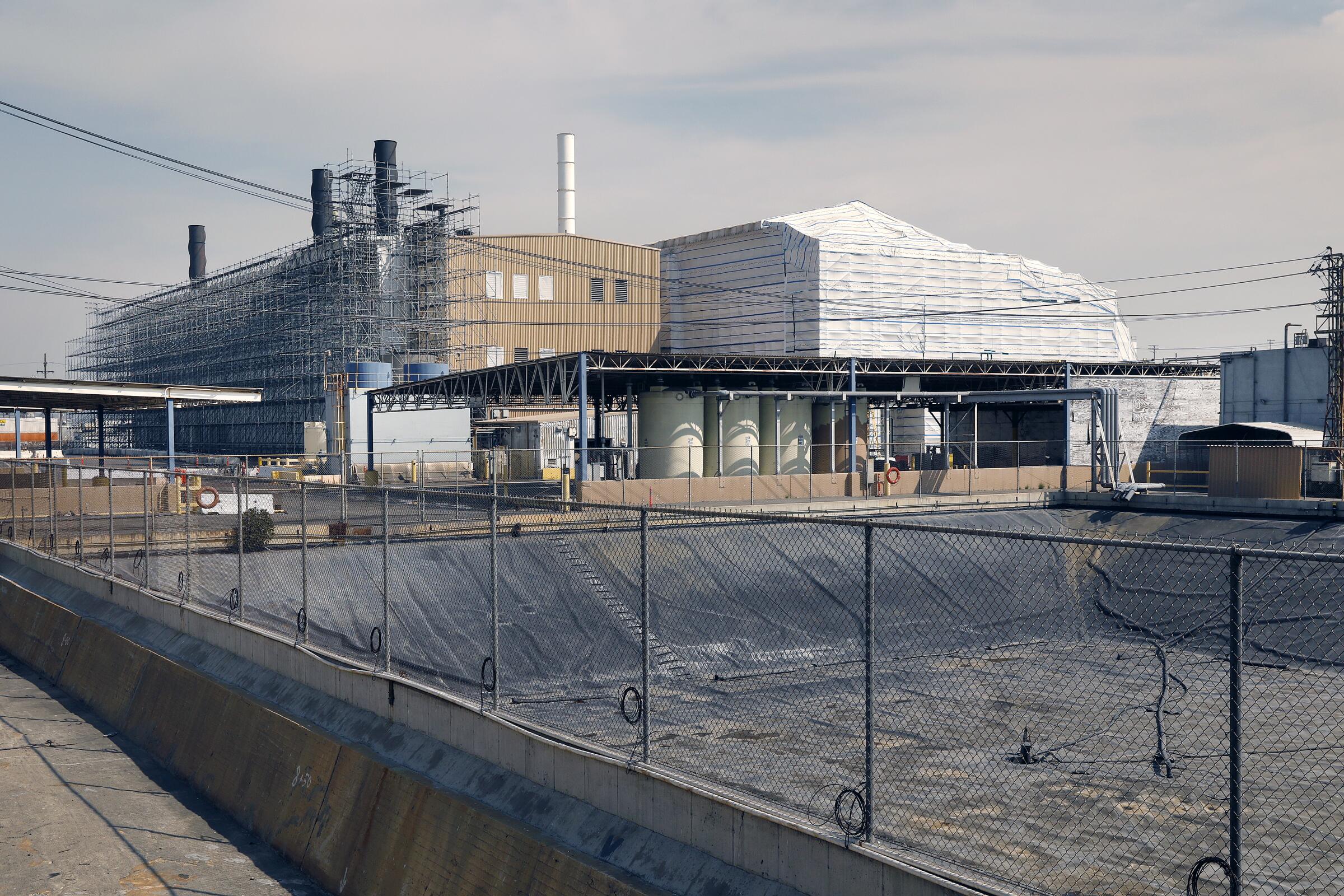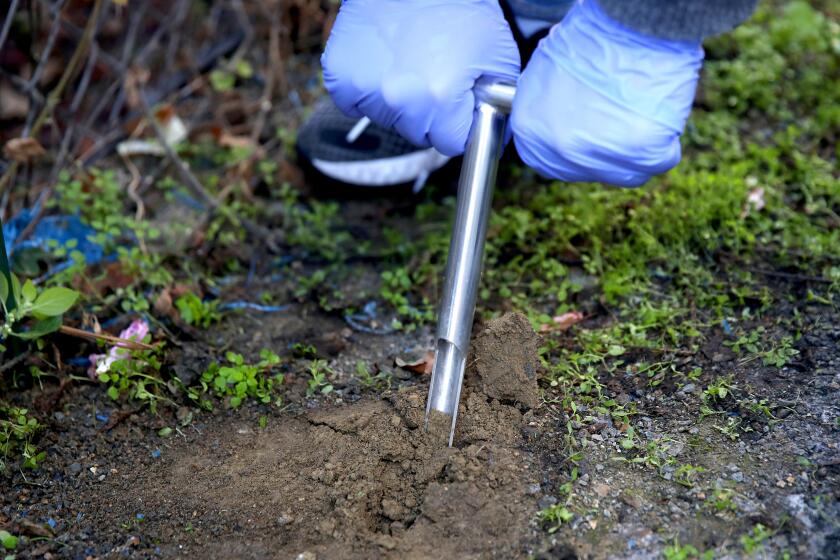Sign up for Essential California
The most important California stories and recommendations in your inbox every morning.
You may occasionally receive promotional content from the Los Angeles Times.
Follow Us
Aida Ylanan is a former data and graphics journalist at the Los Angeles Times. She first joined the paper as a Data Desk intern in 2018 and completed the Metpro program in 2021. She was born and raised in Long Beach and studied statistics and English at UCLA.
Tony Briscoe is an environmental reporter with the Los Angeles Times. His coverage focuses on the intersection of air quality and environmental health. Prior to joining The Times, Briscoe was an investigative reporter for ProPublica in Chicago and an environmental beat reporter at the Chicago Tribune.
Jessica Garrison writes about Northern California for the Los Angeles Times. She has previously covered Los Angeles City Hall, courts, education and the environment. As a reporter, her work has won a National Magazine Award for Public Service, among other honors. Work she has edited has won a George Polk Award and was a finalist for a Goldsmith Prize. Her book, “The Devil’s Harvest,” told the story of a contract killer who stalked Central Valley farm towns for years while authorities failed to bring him to justice. She is a graduate of UC Berkeley.












